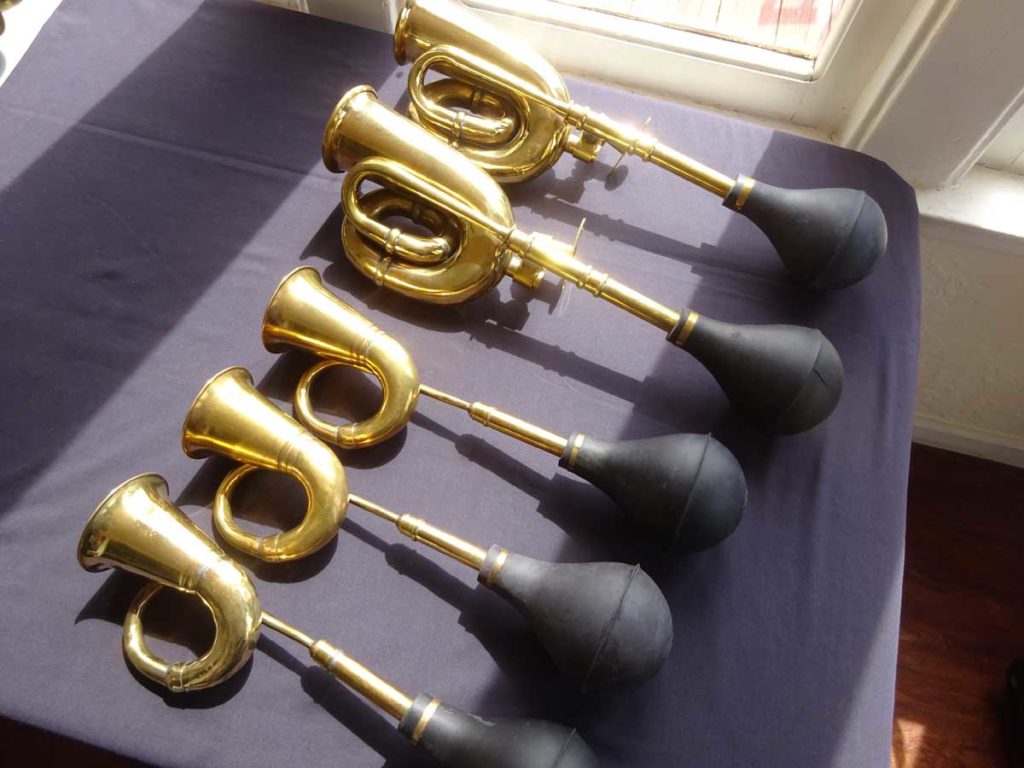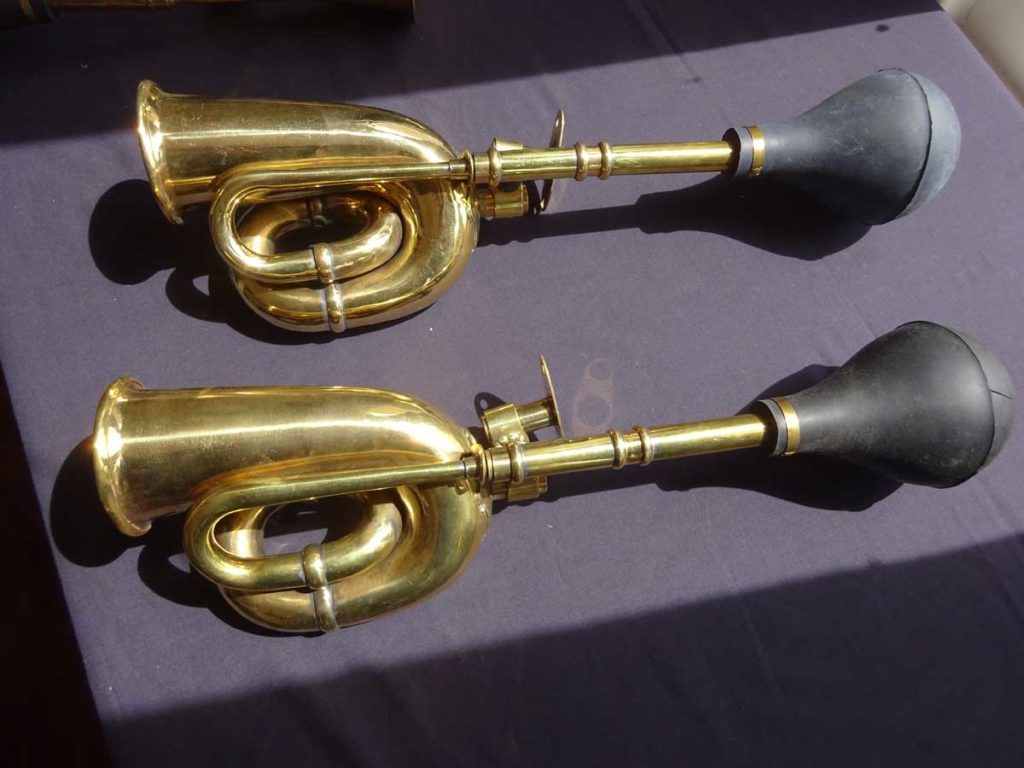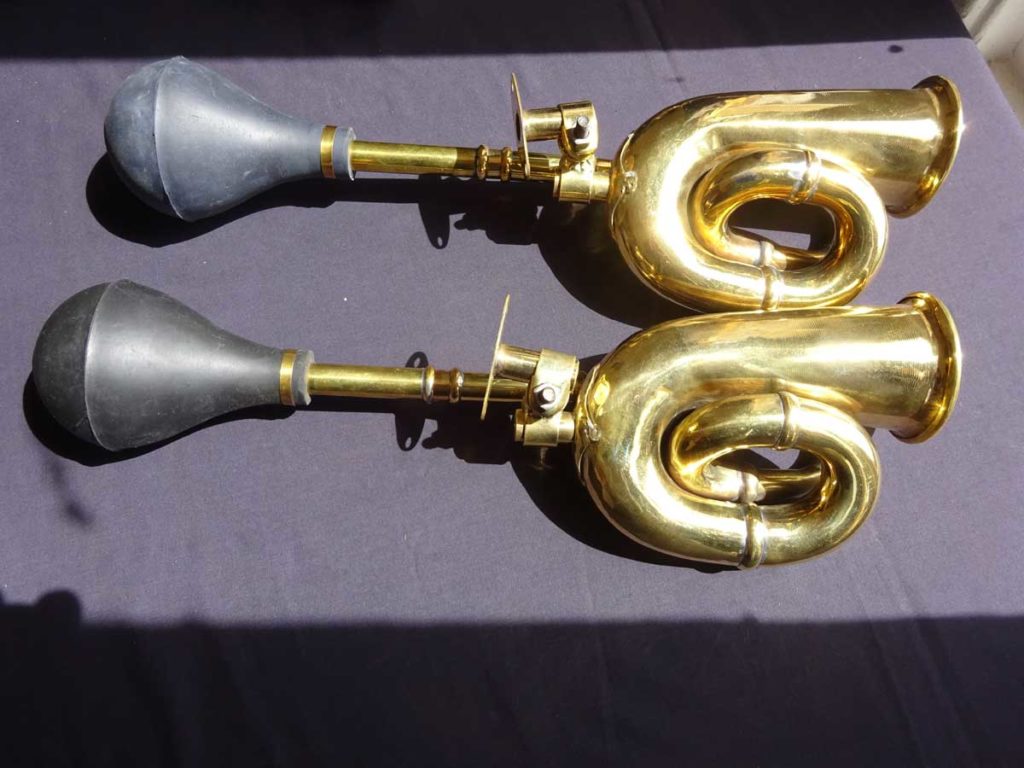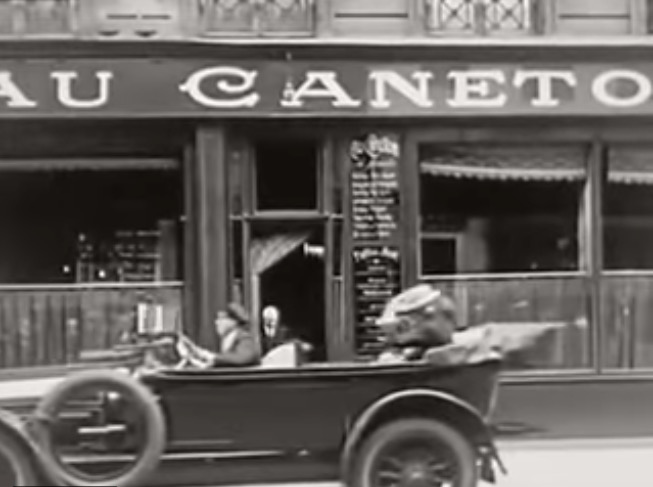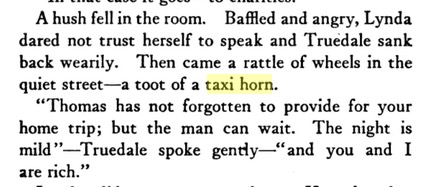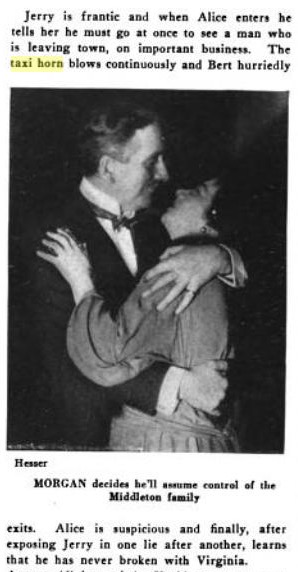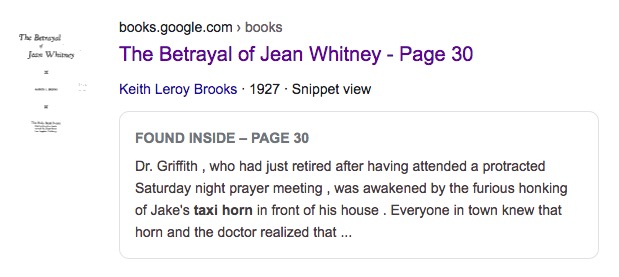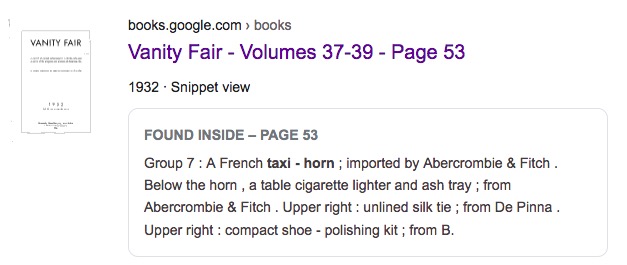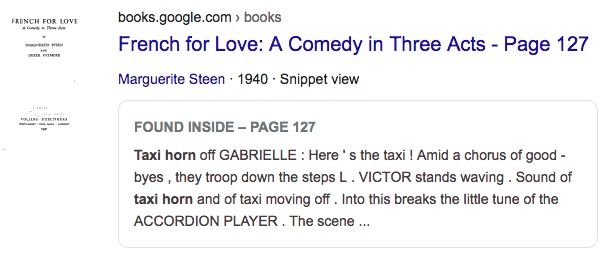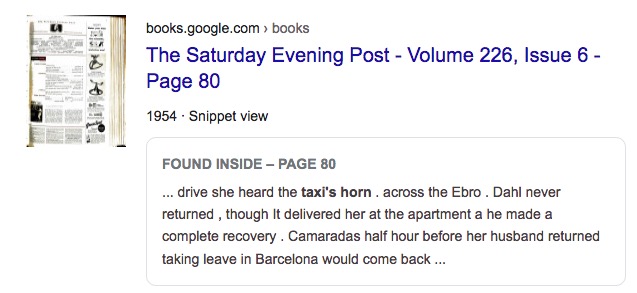Before movies had sound, silent films were often accompanied by live musical performances. Often a single piano or organ. But what I didn’t know was that at one time there were elaborate one and two person keyboards, one-man-bands, that some high-end theaters would acquire for their film accompaniment.
That is, until Bill from the Virginia City Players bought a few horns from us and Lindsey, their musical director, sent me photos of the horns set up for use.
The Virginia City Players have a working Cremona Photoplayer, one of the last few in existence.
Lindsey built a stand for the horns and keeps them close at hand.
We’ve made use of them in a couple numbers that we do in our vaudeville show. We don’t allow video/pics during show, so can’t show you those. One is a crazy chicken number, the other is of a traffic jam with wooden cars that people are carrying around.
Thank You Bill and Lindsey for sharing your story and these photos. Check out their website for more information about their shows and amazing old musical instrument collection. VirginiaCityPlayers.com. Here’s the story of their Cremona Photoplayer and its use in our not so distant past.
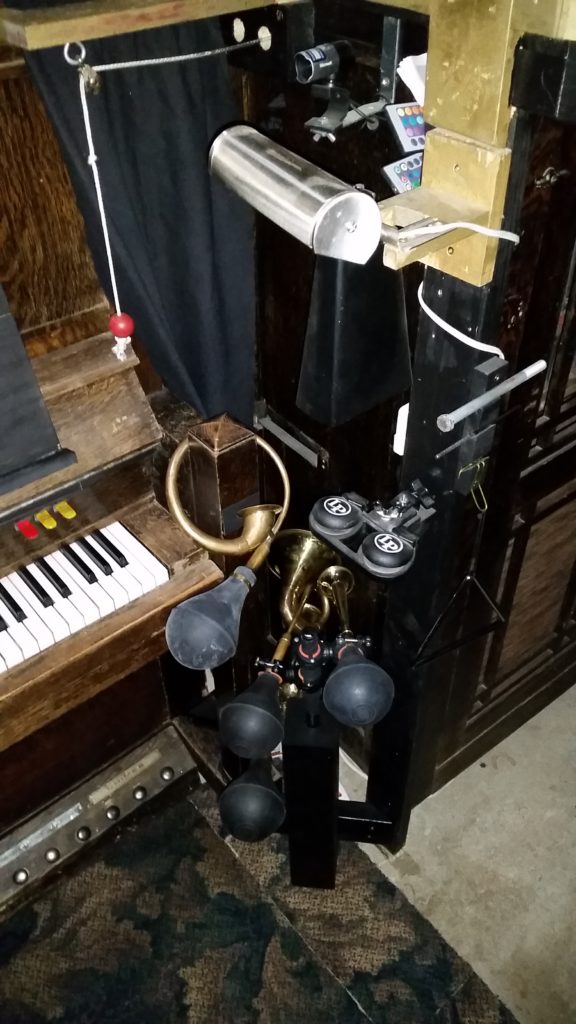
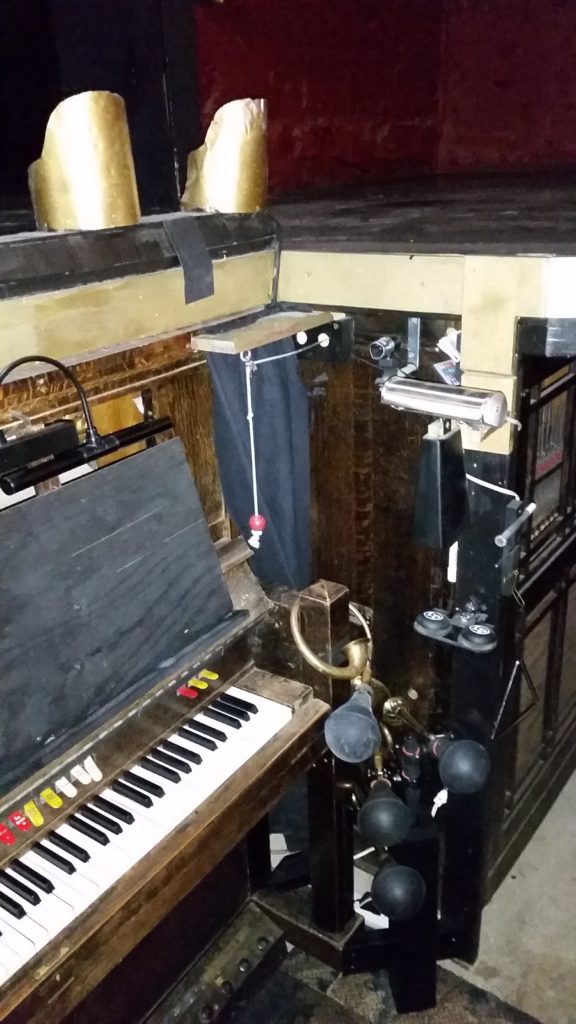
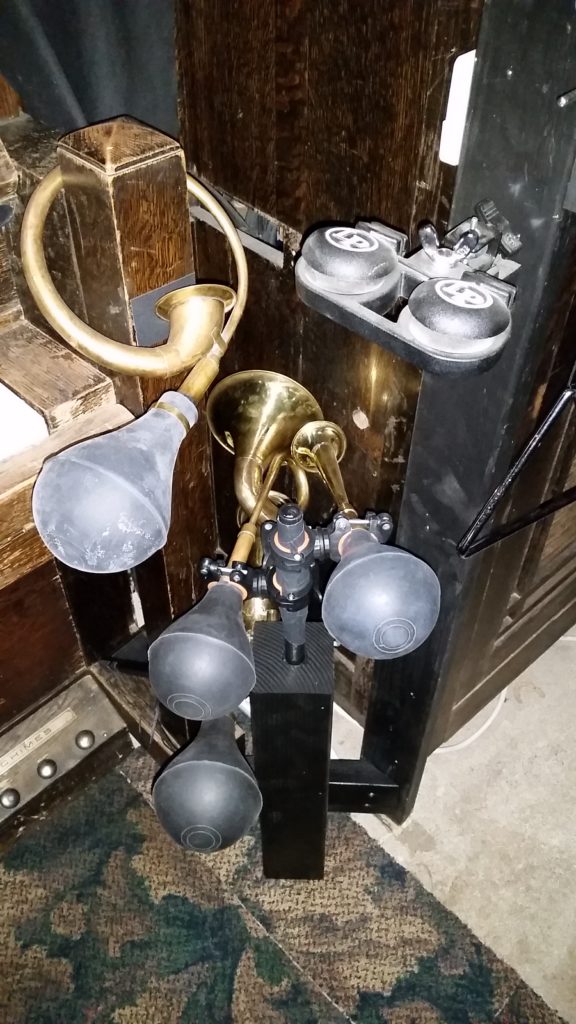
Not a Cremona and it uses a player piano roll to make most of the music but you can get the idea here…
Or listen to an NPR story on the Cremona Photoplayer.

